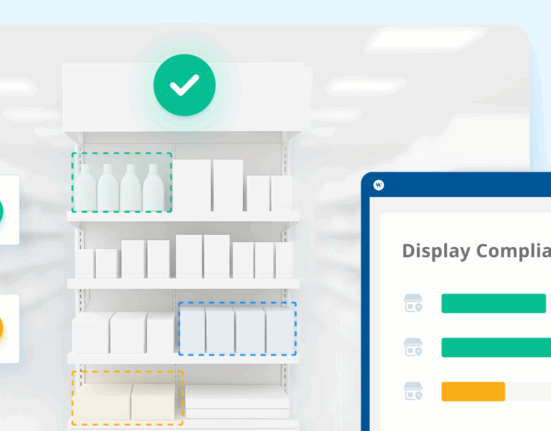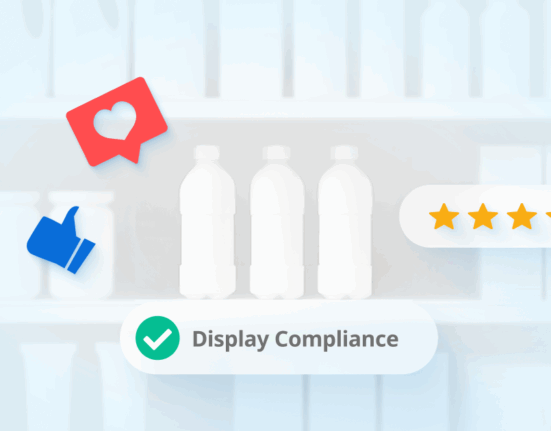SWOT analysis, an acronym for Strengths, Weaknesses, Opportunities, and Threats, is a strategic planning technique that can provide valuable insights for your business by analyzing internal and external factors. Its simplicity and effectiveness make it a favorite amongst businesses of all sizes, helping them to understand their internal and external landscape better.
In today’s fast-paced and highly competitive business climate, knowledge is power. Understanding your business’s strengths allows you to leverage them to their fullest potential, while acknowledging weaknesses enables you to devise strategies for improvement. Opportunities and threats, on the other hand, give you a glimpse into the external factors and internal strengths that could impact your business positively or negatively.
So, is SWOT analysis necessary for your business? The answer is a resounding yes. Regardless of industry, size, or market position, every business can benefit from the clarity and direction a SWOT analysis provides. It helps pinpoint what’s working, what isn’t, and most importantly, it helps to identify ways to move forward and grow. This tool can set the stage for formulating effective strategies and making informed business decisions.

How Does SWOT Analysis Work?
The first step of a SWOT analysis is identifying your strengths. Strengths are the characteristics that give you an advantage over competitors. This could be anything from a strong brand reputation, unique technology, patents, good relationships with customers and suppliers, strong financial resources, and so forth.
The second step is to identify weaknesses. These are areas where the organization or individual could improve, and these factors are likely to place the business at a disadvantage compared to others. This could include weak brand recognition, outdated technology, inadequate resources, poor relationships with customers and suppliers, etc.
The third step is identifying opportunities. Opportunities are the external factors in the environment that could yield positive results for the organization or individual. They represent the external conditions that are helpful to achieve the objectives. These could be an untapped market, a trend that favors your product or service, a competitor going out of business, etc.
Finally, the fourth step is to identify threats. Threats are external factors beyond your control that could place the strategy, or the business itself, at risk. Threats might include rising raw material costs, a new competitor entering the market, changes in regulatory environment, negative press coverage, etc.
Once all these elements are identified, an organization can use this information to inform strategy and decision-making, thereby making the SWOT analysis an integral part of the strategic planning process.
When Does a Business Need SWOT Analysis?
A business may need to conduct a SWOT analysis at several key junctures. One common instance is during the initial stages of strategic planning.
This type of analysis can give decision-makers a holistic understanding of the various internal capabilities and external factors that could impact their strategic objective and can be instrumental in shaping the direction and focus of the overall business strategy.
Another scenario where a SWOT analysis could be beneficial is when considering significant changes, or external opportunities such as expansions, acquisitions, or product launches. A SWOT analysis offers an organized framework for evaluating the potential risks and rewards associated with these endeavors, providing insights to help ensure the business is well-prepared and able to navigate potential challenges effectively.
Lastly, a SWOT analysis can be a valuable tool for ongoing business assessment and management. Regularly revisiting and updating the SWOT analysis can help a business stay agile and responsive in an ever-changing market landscape. It ensures that the business is making the most of its strengths, addressing its weaknesses, capitalizing on opportunities, and mitigating threats.
By doing a SWOT analysis, you’re setting the stage for your business to capitalize on its assets and navigate through its vulnerabilities, ultimately allowing for growth and long-term success.
How to Conduct a SWOT Analysis
A SWOT Analysis is an effective tool to evaluate an organization’s Strengths, Weaknesses, Opportunities, and Threats. Here’s a detailed step-by-step guide on how to conduct a SWOT Analysis:
- Identify the Objective: Before you start the analysis, it’s essential to clearly define the goal. This could be anything from launching a new product, entering a new market, or improving operational efficiency.
- List the Strengths: Strengths refer to what your organization does well, unique resources you have access to, or anything else that gives you an edge over your competitors. These could include a well-known brand, a loyal customer base, or a strong balance sheet. This step involves an analysis of internal factors.
- Identify the Weaknesses: Weaknesses are areas where your organization can improve and the things that are stopping you from outshining your competition. This could include lack of expertise, limited resources, or inadequate infrastructure.
- Spot the Opportunities: Opportunities are external factors in your environment that could provide an advantage. Look at trends, changes in technology, regulations, and other outside influences as potential opportunities.
- Recognize the Threats: Threats are external factors that could cause trouble for your business or project. This could include increasing competition, changing regulatory environment, or economic downturns.
- Analyze and Prioritize: Upon completion of the SWOT list, it’s time to analyze and prioritize each point. Understand their potential impact and how they interplay with one another.
- Develop a Strategy: Based on your analysis, create a strategy that converts weaknesses and threats into strengths and opportunities.
If you would prefer to streamline the process, then consider using a free SWOT analysis template. There are many available online and they can be very useful for those who are new to the tool.
Remember, the key to a successful SWOT analysis lies in the depth of your research and the clarity of your objectives.

Real-World SWOT Analysis Examples
Let’s explore some SWOT analyses that have been instrumental in shaping companies’ strategies across various industries. By examining these examples, you’ll gain a more comprehensive understanding of how you can apply a SWOT analysis to your own business scenario.
Apple Inc.
Strengths: Apple Inc. is renowned for its innovation, strong brand recognition, and diverse product portfolio, which includes iPhones, iPads, Mac computers, and wearables like the Apple Watch. Their ecosystem of hardware, software, and services is tightly integrated, providing a seamless user experience.
Weaknesses: Apple’s high price point for products can be a barrier for customers in developing markets. The company also faces dependence on specific suppliers, putting them at risk for supply chain disruptions.
Opportunities: There are opportunities for Apple to grow in emerging markets like India and Africa with potentially new, lower-cost products. The increasing demand for smart home technology also offers a promising market for their HomePod and other home integration services.
Threats: Apple operates in a highly competitive market, with significant players like Samsung, Google, and Huawei. Rapid technological changes require constant innovation, and any inability to keep up could harm their market position.
Starbucks
Strengths: Starbucks is the largest coffeehouse chain globally, with an immense global presence and a strong brand image. They are known for their high-quality products and ethical sourcing of coffee beans.
Weaknesses: Starbucks’ prices are higher compared to other coffee chains, making them susceptible to losing customers to cheaper alternatives. Their extensive global footprint also leaves them vulnerable to fluctuations in international markets.
Opportunities: Expansion into developing markets and innovation in their product line, such as non-dairy and healthier options, could drive future growth. Collaborations with other brands could also create new avenues for revenue.
Threats: Starbucks faces intense competition from both multinational chains and local coffee shops. Changing consumer tastes and rising commodity prices can also impact their profitability.
Embracing SWOT Analysis for Business Growth
SWOT analysis can be a powerful tool in your strategic planning arsenal. It helps you identify your strengths and weaknesses, understand the opportunities open to your business, and remain aware of potential threats. By doing a SWOT analysis, you’re setting the stage for your business to capitalize on its assets and navigate through its vulnerabilities, ultimately allowing for growth and long-term success.
One of the key competitive advantages of a SWOT analysis is its simplicity. It doesn’t require any technical skills or sophisticated software; it’s a straightforward process that involves critical thinking and honest appraisal. Moreover, it encourages team collaboration and promotes open communication within the organization, which can be invaluable in creating a cohesive business strategy.
However, while the SWOT analysis is an effective tool, it shouldn’t be used in isolation. It is part of a wider strategic toolbox that should also include other analyses, business strategies, and methodologies. It’s also important to regularly update your SWOT analysis, as the business environment is always changing, and what was once a strength can quickly become a weakness or vice versa.
Incorporating a SWOT analysis into your business planning is not just a beneficial move—it’s a strategic imperative. It provides a clear, concise way to evaluate your business’s current standing and potential for future growth. With a SWOT analysis, you can ensure your business remains competitive and resilient in an ever-evolving marketplace.
Visit Wiser.com today to learn more about brand intelligence.









